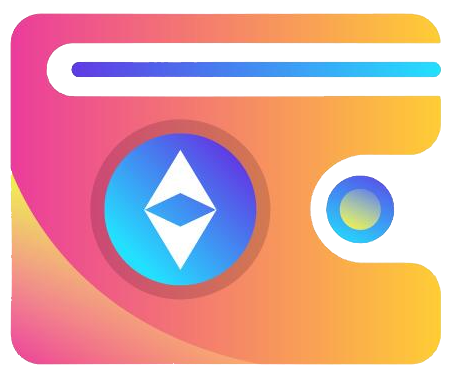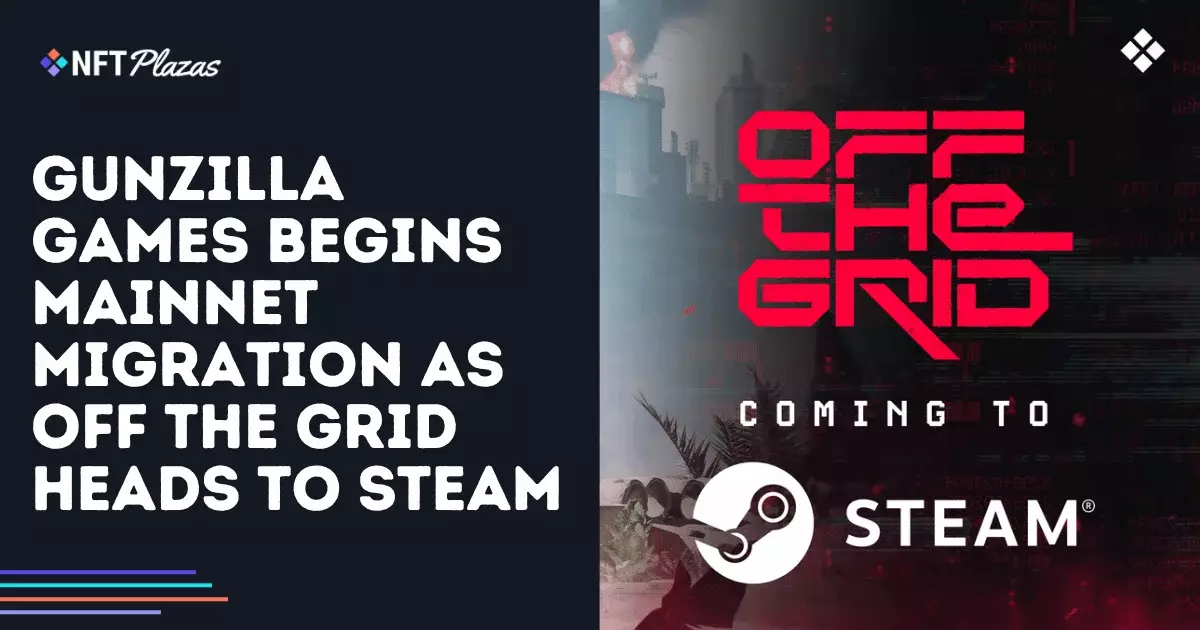Blockchain enthusiasts champion the idea that integrating cryptocurrencies and NFTs into gaming will unlock true ownership for players. Yet, the reality remains far from this ideal. Gunzilla’s recent developments exemplify this discrepancy — promising on-chain ownership but cautioning that regulatory hurdles, platform policies, and technical limitations still impede this vision. The migration of 21,000 players to mainnet is portrayed as a significant milestone; however, it is riddled with limitations and ambiguity. Players may have tokenized assets, but their rights and utility are subject to the whims of platform restrictions, licensing hurdles, and future regulatory crackdowns. As the industry naively aspires to create decentralized playgrounds, chains of command, corporate interests, and platform policies continue to undermine these efforts.
Despite inflated narratives, players are still largely at the mercy of centralized entities that control these ecosystems. The promise of permanent asset ownership appears compromised by ongoing compliance and licensing processes, which threaten to create a near-paradoxical scenario: players will own assets on paper, but solely within the confines set by corporate gatekeepers. Mainnet activity figures, like the roughly $13 million in GUN tokens transacted, fail to mask this reality. These are speculative markets with their own volatility and vulnerabilities, not truly sovereign assets. The notion that on-chain assets will deliver freedom for gamers is a fragile veneer hiding corporate capitalism’s ongoing dominance.
The Myth of a Seamless Transition and Genuine Scalability
Gunzilla’s approach underscores how blockchain in gaming is often more about marketing than true technological innovation. The full migration of all 17.3 million wallets is an ambitious target, but operational realities cast doubt on such promises. Migration is happening gradually — a cautious and necessary process, but one that hints at technical fragility and incomplete solutions. When game developers rely on testnets and testnet-like environments to meet platform policies, it exposes the inherent tension: the technology isn’t ready for mass adoption, and regulatory approval is still pending.
Moreover, deploying blockchain features only on consoles while holding back PC features as a compliance workaround reveals an uncomfortable truth. It suggests that mainstream platforms like Steam are not prepared for blockchain integration, contradicting the narrative of seamless scalability. If the technology was genuinely scalable, such workarounds wouldn’t be necessary. Instead, it highlights the industry’s inability to reconcile blockchain’s promise of decentralization with centralized distribution channels. This disconnect risks creating a fragmented gaming environment where only the most blockchain-friendly platforms offer full features, leaving the rest to play catch-up or maintain the status quo.
The Reality Check: Blockchain Gaming’s Over-Hyped Potential and Political Implications
The industry’s flirtation with blockchain is ultimately driven by commercial motives more than player benefits. Gunzilla’s pursuit of licensing and token expansion, alongside its collaboration with DEX Blackhole, underscores a strategy rooted in capitalizing on crypto hype rather than genuine innovation. These developments are less about revolutionizing gaming and more about creating new revenue streams, often at the expense of transparency and consumer protection.
Politically, this wave of blockchain gaming perpetuates a problematic trend — it caters to a niche of early adopters and investors, often at the expense of the average gamer. By framing on-chain assets as revolutionary, companies actively sideline concerns about regulation, volatility, and equitable access. The push for validator NFTs and staking pools, while presented as infrastructural advancements, benefit venture capital interests and corporate entities more than the gaming community at large.
Furthermore, the hype surrounding new gameplay modes and arenas distracts from the underlying issues: these features, even with blockchain integration, do little to address core gameplay concerns like balance, user engagement, or meaningful community interaction. Instead, they serve as shiny distractions that obscure blockchain’s fundamental inequalities, problems that persist because these systems prioritise profit and compliance over player empowerment.
The Cautionary Future of Blockchain in Gaming
The current trajectory suggests that blockchain gaming may more closely resemble a financial product than an entertainment innovation. Companies like Gunzilla are pouring resources into licensing, token expansion, and infrastructure, but the results remain inconsistent and fragile. The grand vision of fully decentralized, player-owned ecosystems remains distant and likely unfulfilled for the foreseeable future.
Meanwhile, traditional gaming models still dominate, emphasizing accessibility, consistency, and community over speculative asset markets. If blockchain gaming continues down its current path, it risks becoming an overhyped sideshow—an expensive experiment with limited real benefit for the majority, and a new avenue for corporate profiteering. For center-right liberals advocating a free-market approach, this scenario is a missed opportunity to foster innovations that genuinely empower consumers rather than enrich corporate stakeholders.
Without substantial regulatory reforms, technological maturity, and a clearer emphasis on player rights, blockchain’s role in gaming will remain an uncertain hybrid—promising independence but delivering dependency. The industry must critically evaluate whether it is advancing a genuinely new paradigm or simply repackaging old corporate dominance with a shiny, blockchain-infused veneer.














